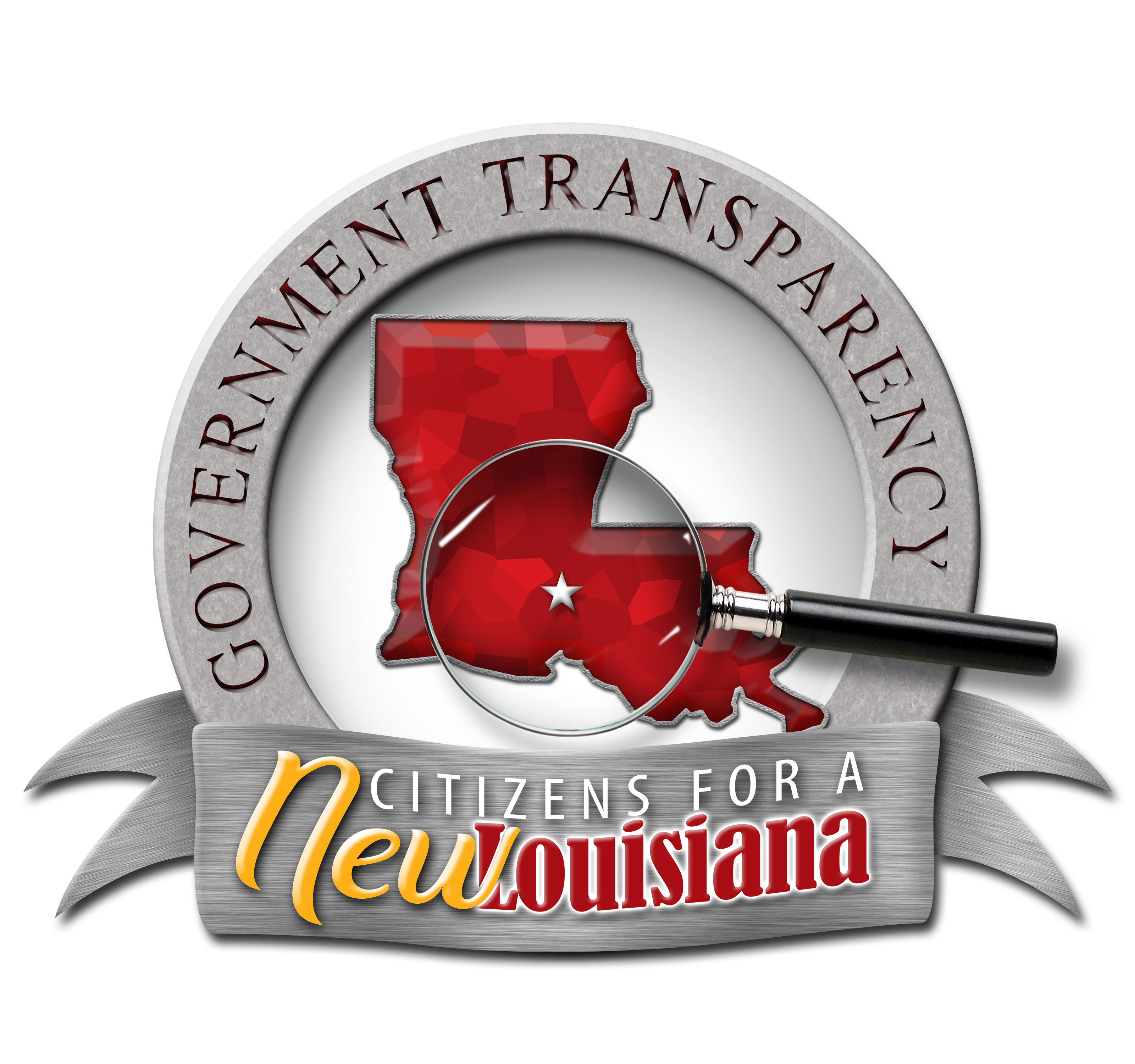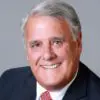Candidates vying for the open Youngsville Council seat recently participated in a public forum. The Concerned Citizens of Youngsville put on the event, which Jonathan Pearce hosted. Pearce is a Youngsville Chamber of Commerce member and is the Leadership Youngsville Chair.
Meet the candidates
Three candidates, Todd Istre, Nick Niland, and Logan Lannoo, will appear on the November ballot for the City of Youngsville, Division D.
In his introduction, Lanoo emphasized the importance of local politics and his background as a respiratory therapist, law enforcement officer, small business owner, and former interim Council member. He also highlighted his commitment to listening to residents and understanding their needs. He focuses on responsible growth, maintaining the city’s small-town charm, and supporting local businesses.
Niland emphasized his dedication to the community and involvement with various community roles, such as the Rotary Club and the Youngsville Chamber of Commerce. He also spoke about his healthcare and education background and desire to focus on economic development and supporting local businesses.
Todd Istre was noticeably absent from the forum. Istre unsuccessfully ran for District 3 on the Lafayette Parish Republican Executive Committee in March of this year. According to Istre’s campaign Facebook page, he is a Christian conservative Republican family man. Istre indicates he is a Saint Anne’s Catholic Church member and the Knights of Columbus. He also shows he is active with Catholic Charities of Acadiana, the Salvation Army, the Louisiana Historical Society, and Parish Proud.
The topics
The forum moderator’s questions focused on tax structure, economic development, traffic and multi-jurisdictional constraints, downtown development, the role of council members, and 10-year strategic plans and goals. However, the two candidates did not differ much on these topics. Please don’t take our word for it, though. You can watch the entire forum HERE.
The two candidates did appear to diverge, most notably when the topic shifted to government structure and districts. We want to focus on that in this piece because it is a crucial topic.
The candidates were asked ‘their thoughts on a different form of government, including individually designated council districts.’ Both candidates glossed over the “different form of government” component and focused directly on council districts. This is important and indicates that both candidates have already considered it.
A different form of government
Youngsville is a Lawrason Act municipality. Over the last several years, we have covered what that means extensively, specifically when dealing with Youngsville. The Lawrason Act was enacted in 1898 to provide a uniform municipal government in Louisiana. There are other forms of government, such as special legislative charters or home rule charters. However, most, if not all, municipal governments operating outside the Lawrason Act were in effect before the legislation came into effect.
Under the Lawrason Act, the legislative powers of the municipality are vested in a Board of Alderman/Council, while the Mayor is the Chief Executive. A Lawrason Act municipality may also have an elected or appointed Chief of Police. In Youngsville, we have an elected Chief of Police. When the Chief is an elected position, he operates autonomously, aside from having his budget set by the Council.
This topic prompted former Chief of Police Ricky Boudreaux to sue the City when the Council voted to investigate his activities. Just before the Judge was poised to rule, Boudreaux resigned from office, and the case was dismissed. Or was it? At the time of this writing, the matter (Ricky Boudreaux vs. City of Youngsville, Docket No. 2023-2326) remains an open case. There has never been a dismissal or final judgment rendered in the matter. Someone needs to pay the bill!
So, what exactly would a different form of government look like? Are we talking about a form of government no longer governed by the Lawrason Act? Would it have an elected or appointed Chief of Police? Neither candidate touched on this issue, but others may be thinking about a change.
Youngsville is different
Even though governed by the Lawrason Act, the number of Council representatives, how they must select a seat to run for, and how they are elected differ from other Lawrason Act municipalities in Lafayette Parish. For instance, the City of Scott has a five-person Council, with the City divided into four districts. One council person is elected at-large (by the entire city), while the other four are elected from within unique districts.
The City of Broussard is very similar. A seven-person Council governs it, and the city is divided into six districts. One council person is elected at-large (by the entire city), while the other six are elected from their unique districts. So, in this situation, anyone in the City of Broussard may run for the “at-large” seat (same as Scott); however, to run for a district seat, you must reside within that district’s geographical area. This helps to ensure a balance of interest throughout the City, ensuring one area of the City is not over-represented and another under-represented.
The additional seats on the Broussard Council also bring up another important consideration. A simple majority in Broussard is 4/7ths, while a 2/3 majority requires an additional vote (5/7). In Youngsville, a simple majority is the same threshold as a 2/3 majority. This may not seem like a big deal until you vote on something requiring a 2/3 majority, such as the recent tax measure that failed in Youngsville.
Lastly, the City of Carencro has a five-person Council. However, no districts (as in Broussard and Scott) and no divisions (as in Youngsville) exist. Everyone runs “at-large.” The five individuals who received the most votes are elected to the Council.
Divisions create division!
When the City of Youngsville transitioned from a Board of Alderman to a Council in 2007, it decided for the people that the Council would be made up of divisions (Division A, Division B, etc.) However, the divisions are all elected by the entire City and are not divided into geographical districts.
This established a system that many still find unfair to this day. For instance, it is not far-fetched to say that a “clique” that wanted absolute government control could essentially collaborate to determine what districts they ran for, ensure they never faced off against each other, and even pool resources for political campaigning.
There is also an old saying, “When no one is responsible, no one is accountable.” No councilman in Youngsville is responsible for your area of town. They are ALL responsible. But holding five people accountable is much more challenging than one person. And it is much more difficult for a political figure to fight for the needs of 17,000 people versus 3,400 people.
There is also the possibility that all five members of the Council could reside in the same portion of town or even the same subdivision at any given time. Is it far-fetched to think that they would vote to make improvements to the city that are more advantageous to them than other areas? Remember, we are dealing with people here. Government systems are supposed to protect us from elected officials’ sinister motives and ill desires.
How did the council candidate’s answers differ?
Logan Lanoo was the first to answer the question: what are your thoughts on a different form of government, which could include individually designated council districts? Lanoo said this is a topic he loves to debate “because there is no good answer.” He indicated he didn’t like this system because a Councilman who doesn’t like how he votes could choose to run against him in the next election by simply choosing a different division.
Then, Lanoo mentioned the possibility that the entire City Councill could reside inside Sugar Mill Pond. Lanoo stated that the other side of the argument is much like where he grew up in New Iberia. He said each council member represents a particular area of town, and the “detriment” is when a person lives in one area of town but owns a business in another area of town where they don’t vote. Lanoo indicated if the citizen contacted the council person representing the district where he owns the business, they would respond, ‘You don’t vote for me.’
While this could happen, the business owner could still take political action against the representative for not addressing his concerns. He could encourage someone to run against him, donate to an opponent, or campaign against him. The “vote the bum out” strategy isn’t perfect. It only arises every four years, and people have short memories. Likewise, the “recall strategy” is also not ideal. Often, it requires more signatures than the number of votes the person was elected by.
Lanoo’s scenario also assumes the business owner is a resident and a business owner in the same municipality. What about someone who owns a business in Youngsville but doesn’t live there? How is that any different? Who represents their interest, then?
Niland’s answer was different.
Nick Niland flat-out supported the idea of different districts. Niland indicated that running a campaign for an entire city is very expensive. Niland stated he got involved and thought he could campaign the grassroots way, by word of mouth. However, he quickly discovered it takes a lot of money. Niland said that by going to individual districts, more people may take ownership, buy into things, and pay more attention to what is happening. He stated that he would prefer to be running against six or seven people because it would mean people are taking ownership of the community.
This is the only question in the forum that clearly distinguished these two candidates. And what better topic to harbor more discussion than the very structure and nature of representative government?
###









